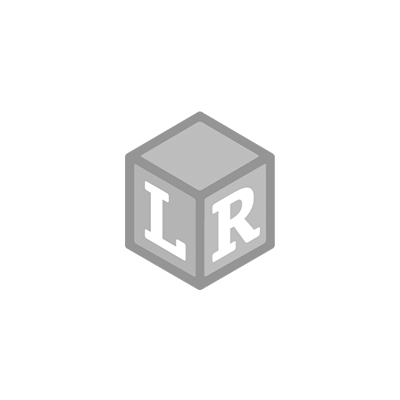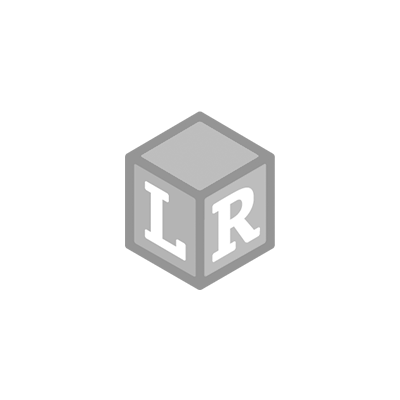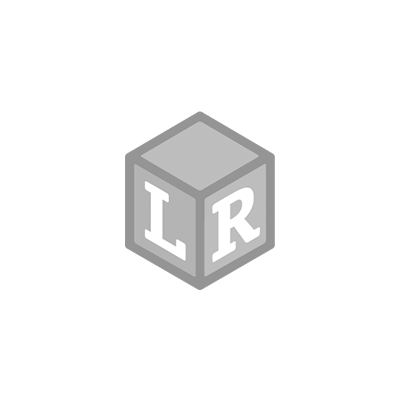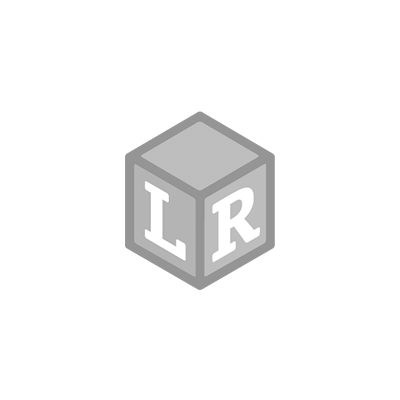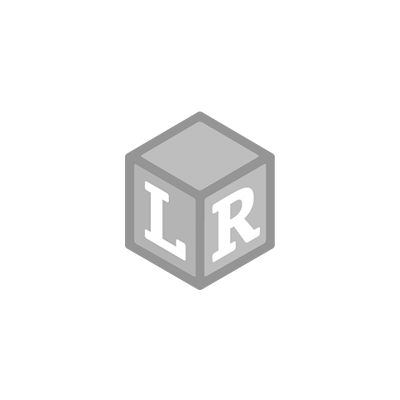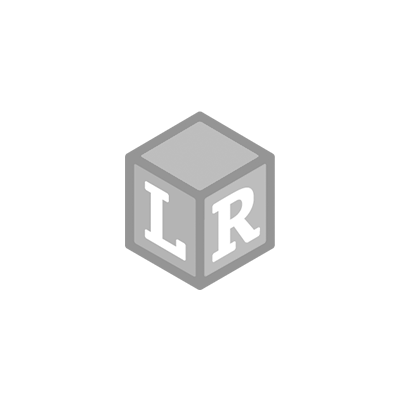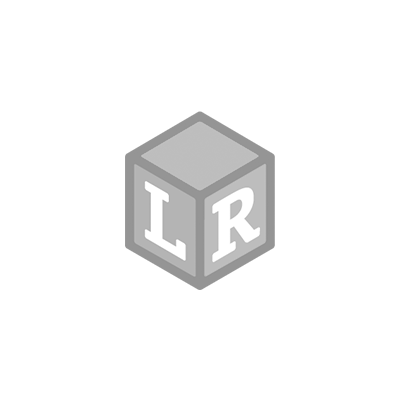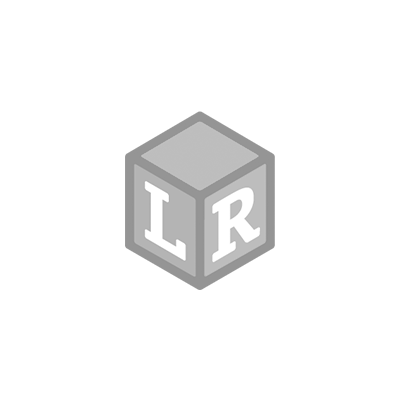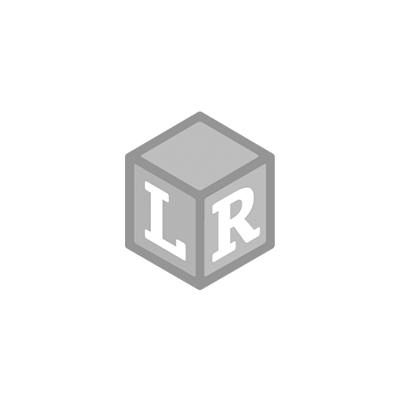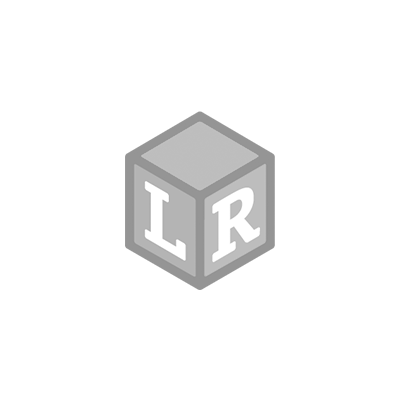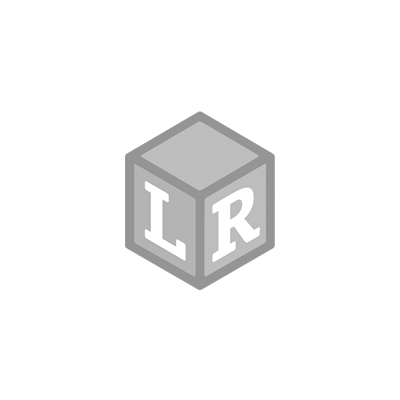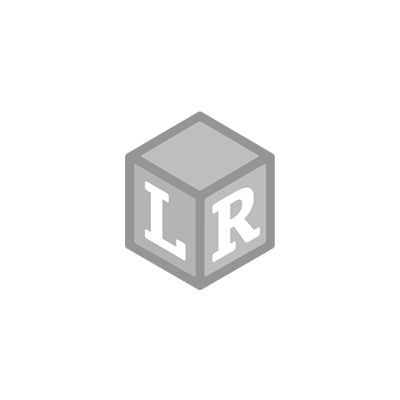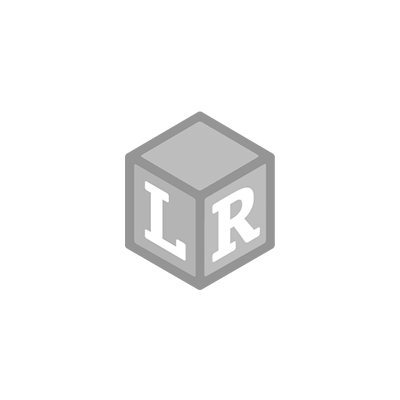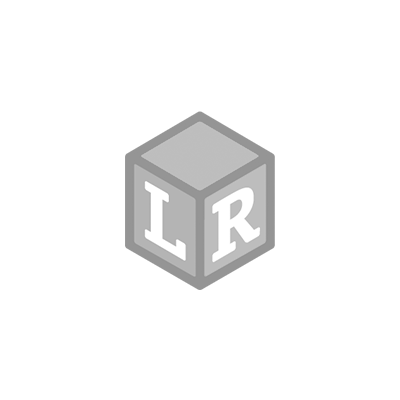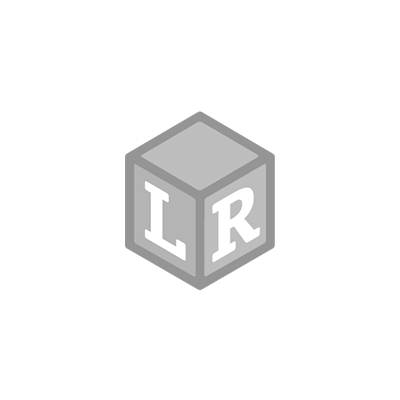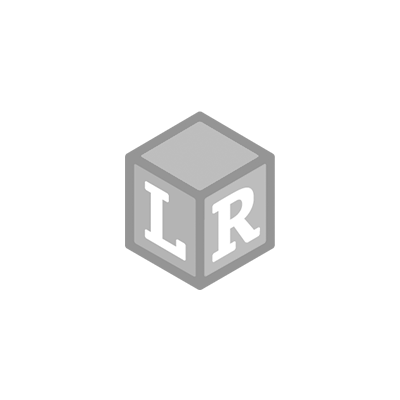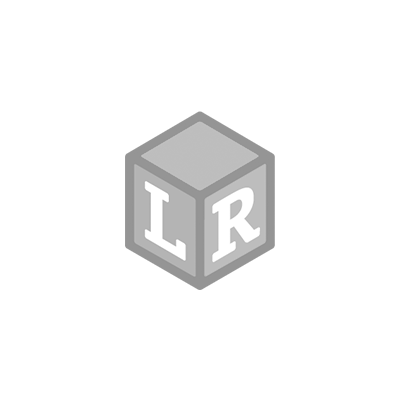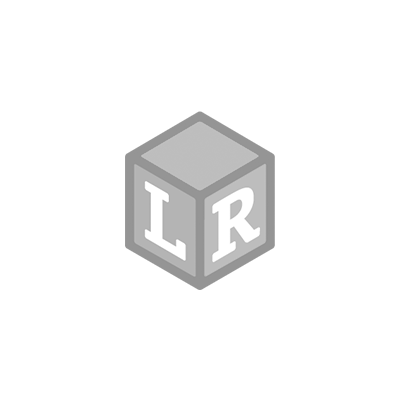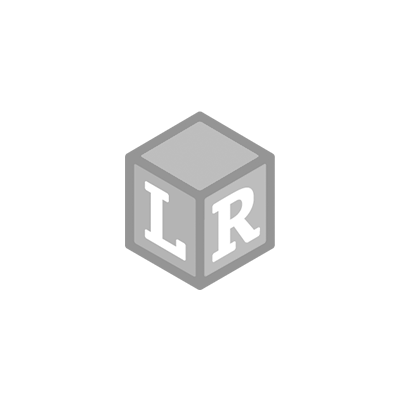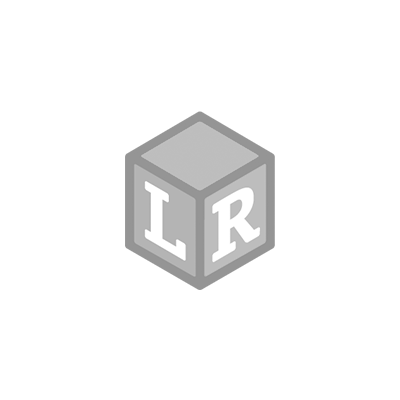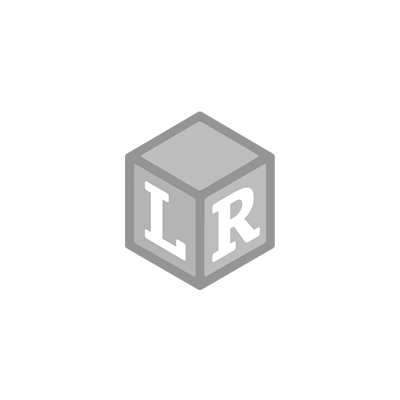Get Ready for Easter with Learning Resources' Printable Easter Egg Scavenger Hunt Clues
- Learning Resources Posted On Mar 3, 2023 | Printables
Easter is just around the corner, and what better way to celebrate than with a fun scavenger hunt? Learning Resources has created a Printable Easter Egg Scavenger Hunt to entertain your kids and help them develop problem-solving and critical-thinking skills. Let's dive into how you can make your Easter more exciting with this fun activity.
What is the Printable Easter Egg Scavenger Hunt?
The Printable Easter Egg Scavenger Hunt is a free printable that you can download from the Learning Resources website. It includes a set of Easter-themed clues that you can hide around your home. Your children must solve the clues to find the next clue, leading them to the final treasure: a basket of Easter eggs!
How to Use the Printable Easter Egg Scavenger Hunt:
Using the Printable Easter Egg Scavenger Hunt is easy. Download the printable from Learning Resources' website and print it out on a piece of paper. Cut out the individual clues and hide them in different places around your home according to the clues.
The Benefits of a Scavenger Hunt:
- Scavenger hunts are not only fun, but they also have many benefits for children, including:
- Developing problem-solving skills: Scavenger hunts require children to think critically and solve problems to find the next clue, improving their problem-solving skills.
- Encouraging teamwork: If you have more than one child, a scavenger hunt can encourage teamwork as they work together to solve the clues.
- Promoting physical activity: Scavenger hunts require physical activity, essential for children's health and development.
The Printable Easter Egg Scavenger Hunt from Learning Resources is a great way to make Easter more exciting and engaging for your children. It encourages critical thinking, teamwork, and physical activity and is a fun holiday celebration. So, download the printable today and prepare for a fun-filled Easter with your family!
 Shop UK Site
Shop UK Site 

